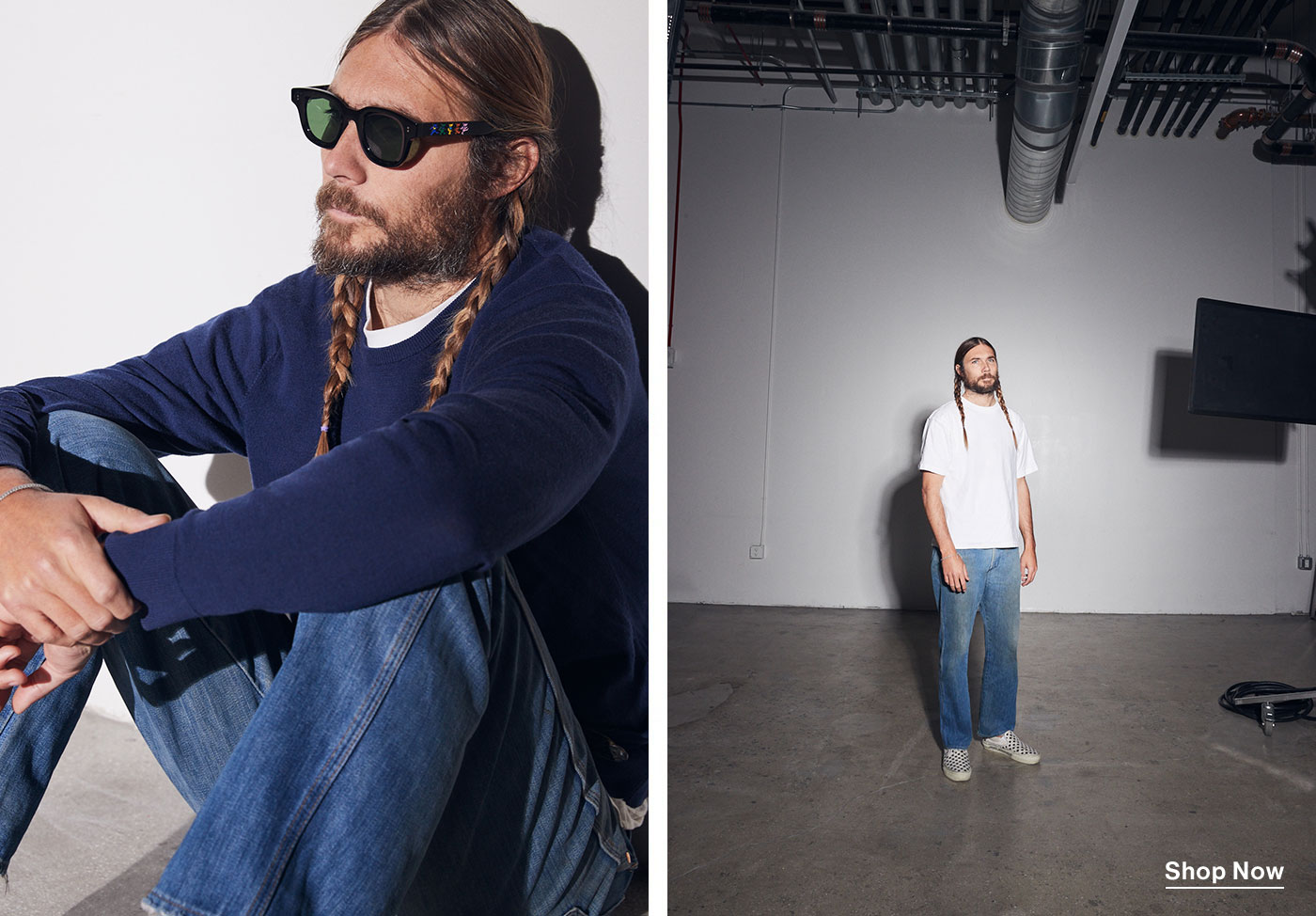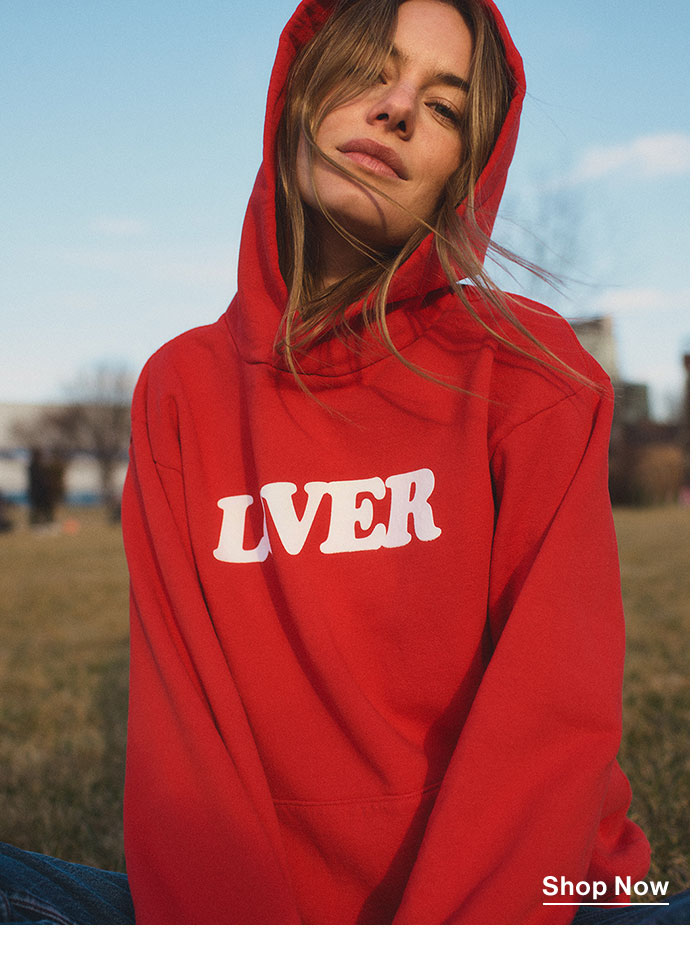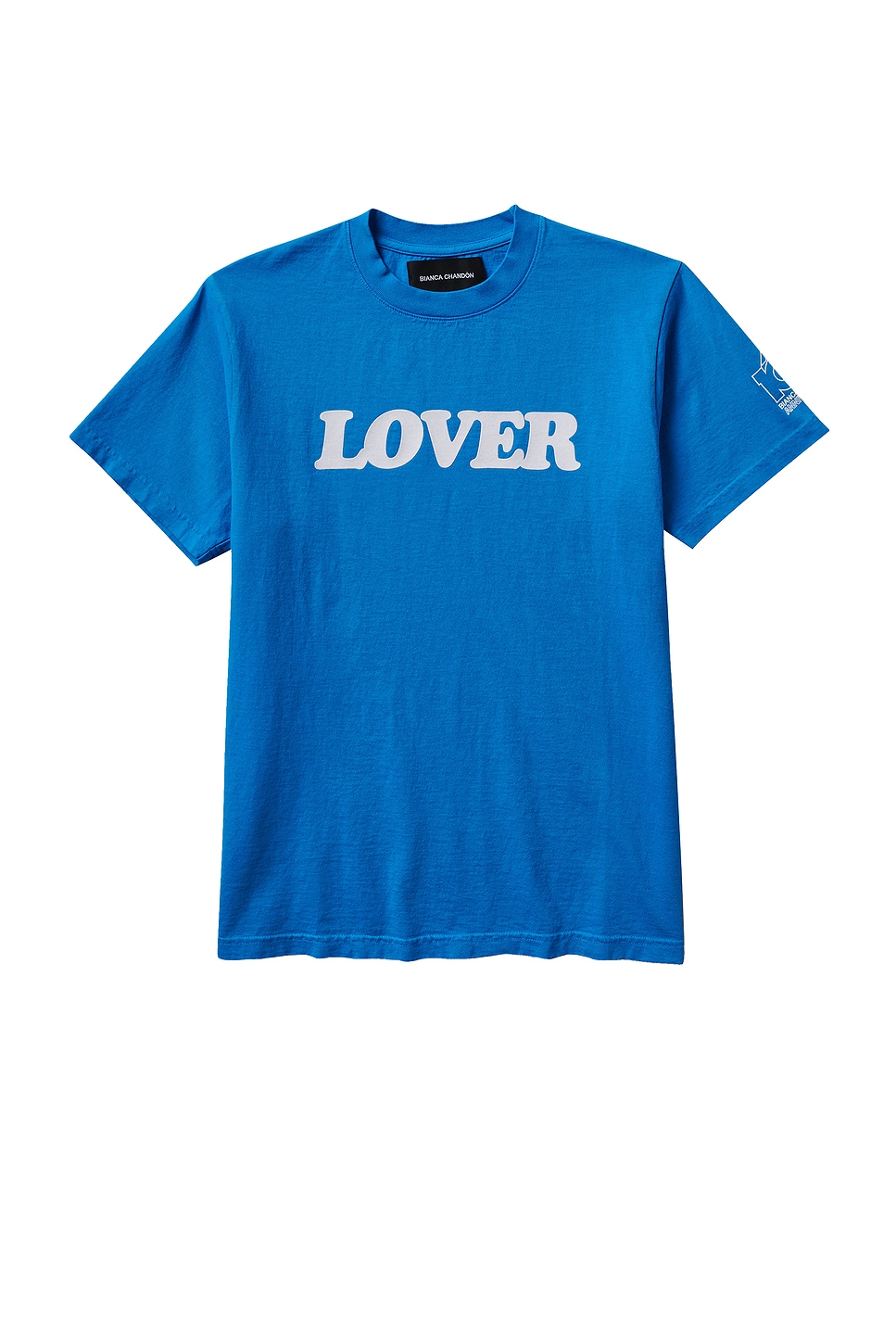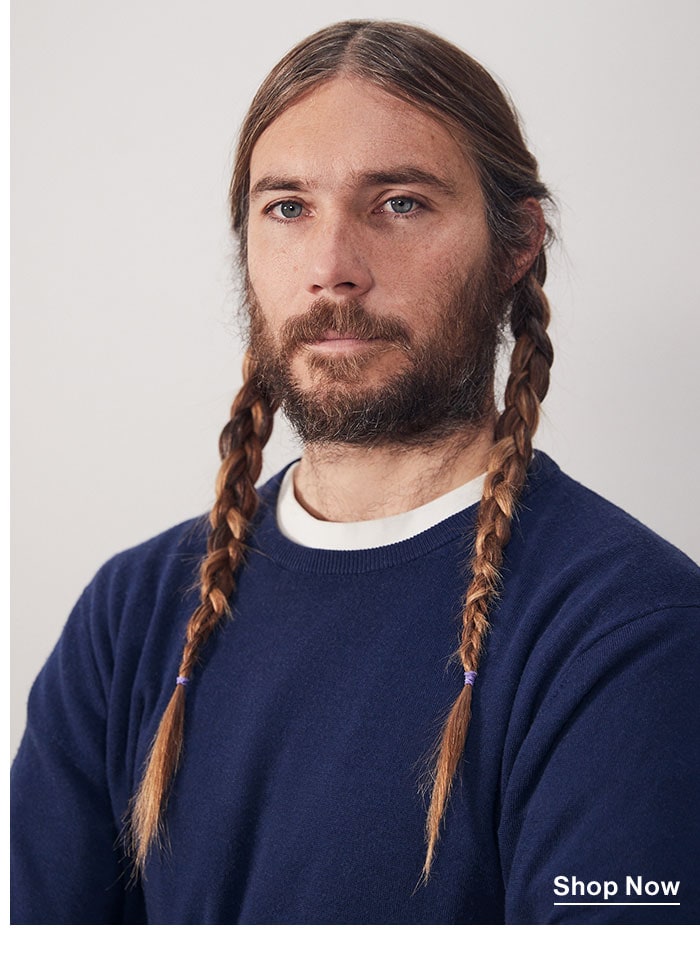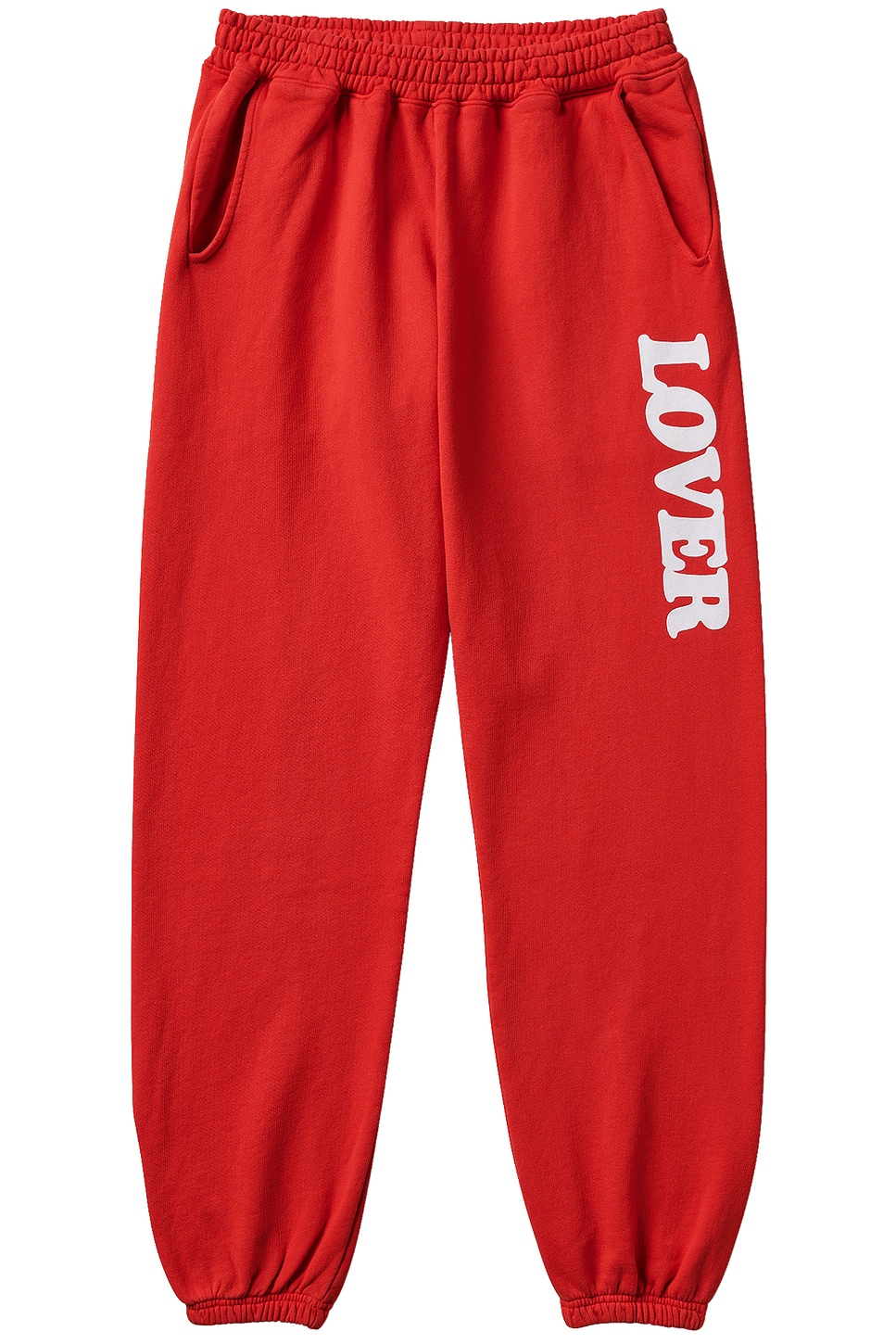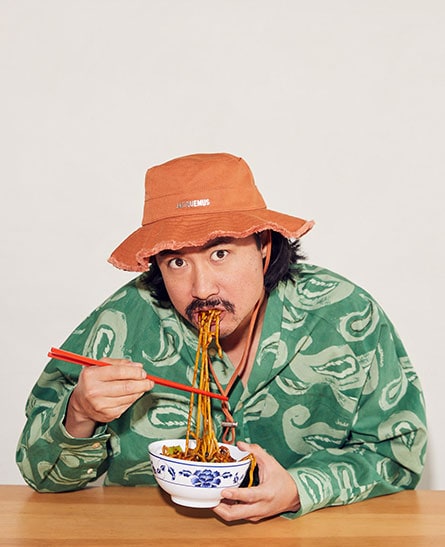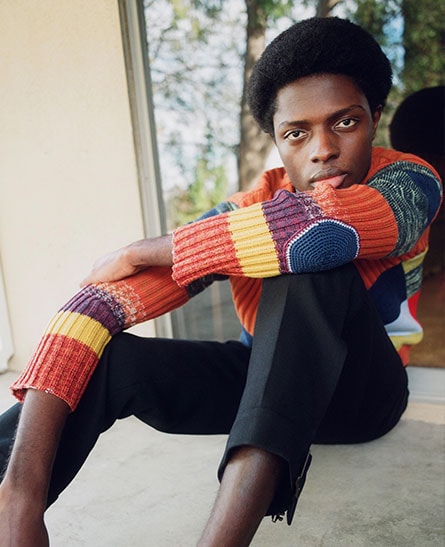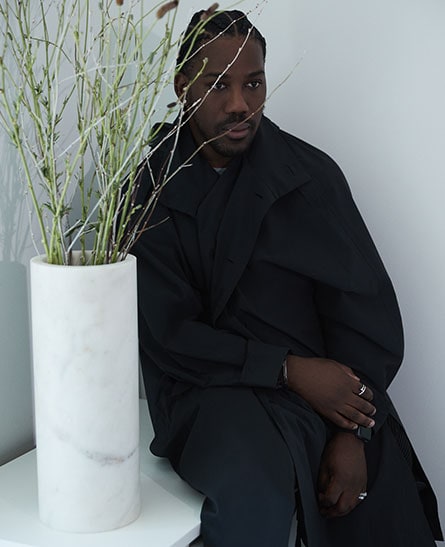Celebrating 10 years of Bianca Chandon with Alex Olson
We sat down with the eccentric designer, Alex Olson, to reflect on 10 years of his brand Bianca Chandon, and what’s next
“I wanted to take the low-res style and feel of what was happening in fashion and try to combine it with the spirit of skateboarding culture (...) which helped show many people that it was possible to create a brand of your own. ”
In action sports, like skateboarding and surfing, there’s an unusual dynamic where the most technically gifted aren’t automatically the most celebrated. Instead, there’s a unique emphasis on style – how you do something is often more important than what you do. This idea of style is usually intangible, you know it when you see it; an instinctive understanding that the rider shares with his environment – that fascinates the viewer. It is, in part, why fashion has been so infatuated with action sports in recent years, they share a similar ethos. Much like those athletes, it’s not the most technically gifted designers who rise to the top. It’s the ones that captivate and effortlessly demand your attention.
Whether subconsciously or not, Alex Olson has seemed to always understand this. Skating for massive brands like Girl and Nike in his youth, Olson has consistently been an exceptional skateboarder, but what really separated him was how easy he made it look. Both on and off the board, he saw the world differently and acted accordingly. It was his perspective that made him unique. Long before Thrasher tees were seen as a fashion accessory, Olson was already exploring the connection between the two worlds. When Olson founded Bianca Chandon, the internet had not yet fully permeated every inch of society, and so much of culture was still divided into subsets. It didn’t seem like much was shared between the glitz of fashion and the grit of skateboarding, but Olson saw the shared connection before almost anyone else. His creation of Bianca Chandon was instrumental in linking the two worlds.
“ It was a change of the guards. It was becoming more accessible. Now it seems too accessible, and the new intention is to survive.”
Olson took that same fearless and unique perspective he brought to skating and carried it into Bianca Chandon – graceful, irreverent, with an air of mystique. He has delivered that seemingly intangible essence of his style into a physical form. Now, 10 years later, Bianca Chandon’s unapologetic individualism is more refreshing than ever. We sat down with Olson to discuss the inspiration behind the brand, his newly released capsule collection, and what he sees coming in the future.
FWRD: Congratulations on 10 years of Bianca Chandon, what was the intention at the outset? How has that intention evolved over the years?
ALEX OLSON: The original idea was that this was an art project with no real direction. I had wanted to do something outside of skateboarding and see what would happen—I wanted to take the low-res style and feel of what was happening in fashion and try to combine something with the spirit of skateboarding culture at the time and mix in the element of dance culture music. The intention was well received, which helped show many people that it was possible to you could create a brand of your own. It was a change of the guards. It was becoming more accessible. Now it seems too accessible, and the new intention is to survive.
FWRD: When Bianca Chandon started there was so much more of an emphasis of subcultures— you were either a skate brand or you a fashion brand — Bianca Chandon was one of the first to blur those lines. Was that an intentional choice or something that happened more naturally?
OLSON: It seemed to happen naturally, but the intention was to blur. I wanted to have a smorgasbord of fashion and skateboarding as one. I wanted to see it become something more than just a skateboard brand; We only made skateboards for a year, and then it blossomed into something completely different. It developed legs and ran faster than we could keep up. We didn't know how to navigate it.
FWRD: You've somewhat recently returned to LA after years in NYC, what do you see as the biggest difference between those two cities and what brought you back?
OLSON: The saying, out of sight, out of mind, pops in my head. I wasn't using New York in the way that the reasons you live there. Many of my friends had moved away, and the city didn't have much more to offer me. It had changed. Honestly, I didn't plan to move back to LA. I came to LA for a DJ warehouse party. Covid hit, and I moved in with my grandpa and dad for the lockdown. I met my girlfriend and didn't leave her place. New York served me differently than it used to. It wasn't inspiring like it had been the last 20-something years. I just wanted to be better at surfing and surf more. It wasn't going to happen living in New York.
FWRD: As your own interests in meditation, and surfing have evolved, how have they affected the brands evolution?
OLSON: The meditation and spirituality aspects bleed into the brand. It affected the brand slightly in a negative way because I'm not going to the office nearly as much because of surfing. I realize that spirituality is something that rides a fine line, and it's something that not everyone is interested in, so I've held back a little more recently on that side of things and focused more on the original stuff that Bianca was about.
FWRD: What does this 10-year capsule mean to you? How is it different from the other collections?
OLSON: It means we've made it ten years. It means celebrating when we first started because things were so different in the beginning than they are now, and it was an enjoyable time in New York. Lots was going on in New York then, and a new generation of kids were bubbling into the scene. It's celebrating that little moment when everything was moving so fast and the excitement.
FWRD: How do you see/hope to see style progress over the next few years?
OLSON: Well, I'm ready to move on from this mountain dew/Joe Dirt chic movement that kids are rocking, sorry. Unfortunately, I used to be good at seeing trends and predicting what would hit. People can’t these days anymore. Everything is very viral. Everything has a microclimate for fashion. I mean, celebrities look like Halloween costumes like they're in the capital of the hunger games. It's wild!
There's a difference between being basic and looking spartan and beautiful. Everyone is trying to look eccentric and different. You're phasing each other out. Let's hope people get some sense and learn how to wear clothes again.
FWRD: Where do you see Bianca Chandon's place in that future?
OLSON: Getting into bags and shoes

